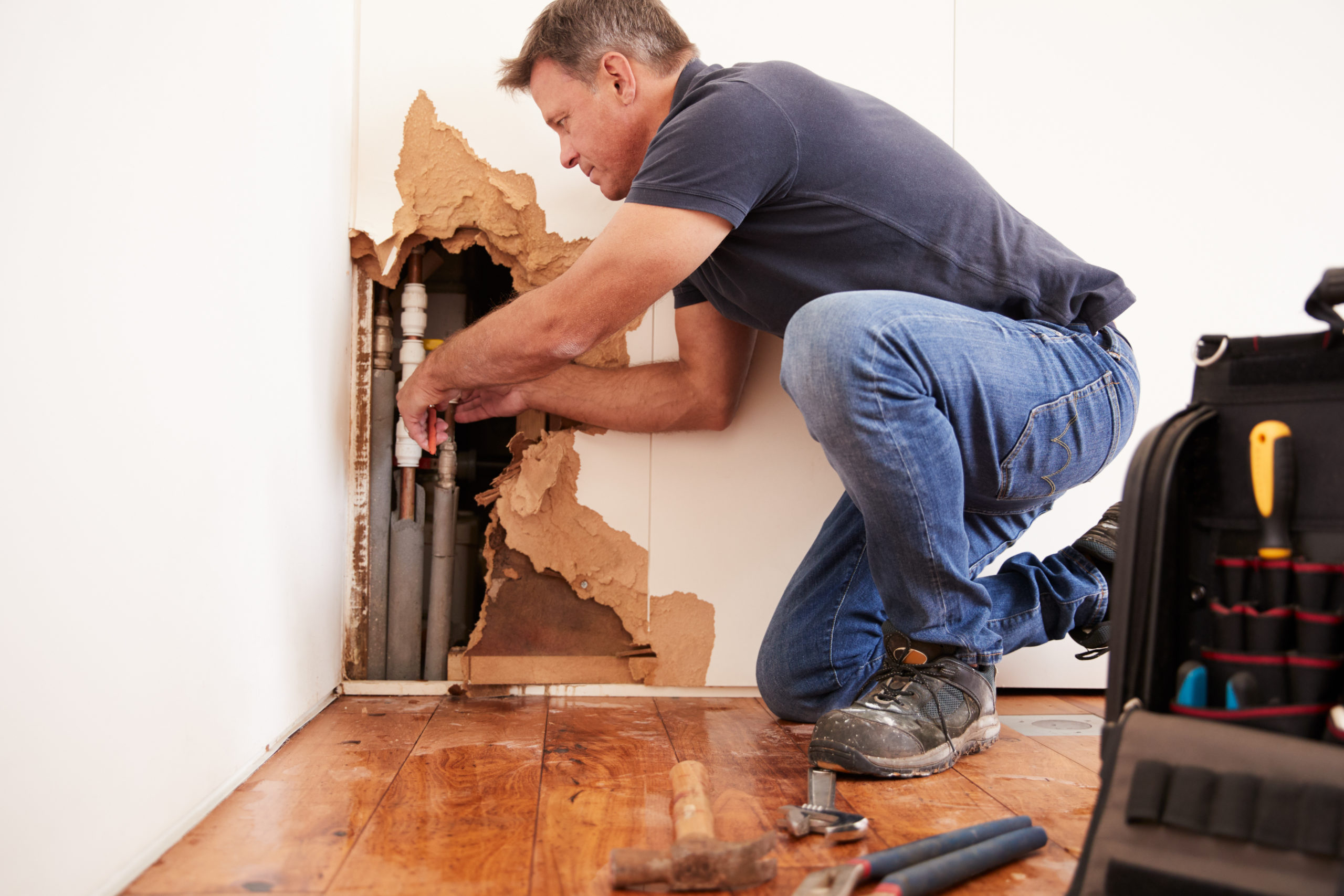In this article below you will discover additional first-rate material about What to Know About Plumbing: Basics, Tips, and Insights.

Plumbing is a necessary aspect of any type of home, responsible for supplying tidy water for alcohol consumption, food preparation, and showering, in addition to getting rid of wastewater securely. Comprehending the essentials of home plumbing is necessary for each homeowner to make certain appropriate maintenance, troubleshooting, and, if required, repair services. In this newbie's guide, we'll cover the fundamental concepts of home plumbing to assist you end up being much more accustomed to exactly how it functions.
Water Supply System
The water system system brings tidy water into your home from a local water resource or a personal well. It consists of a primary water line that attaches to your home's plumbing system, normally situated underground. A water meter measures the amount of water eaten, while a shut-off shutoff permits you to manage the flow of water into your home.
Plumbing Fixtures
Plumbing components are tools that provide water to various parts of your home and consist of sinks, taps, bathrooms, showers, tubs, and appliances such as dish washers and cleaning devices. Each fixture is connected to the water system system through pipelines and fittings and might have its shut-off valve for maintenance or emergency situations.
Water Heater
The water heating system is in charge of heating water for domestic usage, consisting of bathing, food preparation, and cleaning. Usual types of water heaters consist of tank-type water heaters, tankless (on-demand) hot water heater, and heat pump hot water heater. The water heater is attached to the water supply system and supplies warm water to plumbing components as required.
Drain System
The drainage system removes wastewater from your home and carries it away to a sewer treatment facility or septic system. It consists of a network of pipes, fittings, and fixtures that transport wastewater from plumbing components to the major drain line or septic tank. Proper drain is essential to protect against clogs, back-ups, and sewage leaks.
Air flow System
The ventilation system helps maintain correct air pressure and stop sewer gases from entering your home. Air vent pipes, likewise referred to as air vent stacks, expand from plumbing components to the roof covering, permitting sewage system gases to get away safely outside. Air flow pipes likewise allow air to enter the drainage system, facilitating smooth wastewater circulation and avoiding suction or vacuum cleaner impacts.
Common Plumbing Tools
Having the right tools available is necessary for executing fundamental plumbing repair services and upkeep jobs. Typical plumbing tools include flexible wrenches, pipe wrenches, pliers, pipe cutters, hacksaws, plungers, augers (or drain serpents), and Teflon tape. Having these tools readily offered can assist you deal with minor plumbing issues efficiently.
Standard Plumbing Repair Services
While some plumbing repairs may require professional help, lots of common issues can be attended to with basic do it yourself methods. Understanding how to fix a dripping tap, unblock a drainpipe, replace a commode flapper, or repair a dripping showerhead can save you time and money on plumbing repair work.
Final thought
Understanding the basics of home plumbing is important for each house owner to keep a risk-free, practical, and reliable plumbing system. By acquainting yourself with the water system system, plumbing components, drainage system, air flow system, typical plumbing devices, and fundamental repairs, you can confidently deal with minor plumbing problems and ensure your home's plumbing system runs efficiently.
Understanding Basics of Home Plumbing System: A Beginner's Guide
The Main Components of Your Home Plumbing System
The Water Supply System
This system is responsible for transporting fresh water into your home. It usually has a main water line that splits into two branches: one directed towards cold water services and the other connected to a water heater for hot water. The pressure is key here; it ensures water reaches all parts of your house.
The Drainage System
Once water has been used, it becomes wastewater that needs to be removed from your home. This is where the drainage system comes into play. It includes all the pipes that carry wastewater and sewage away from your house to sewage treatment facilities or septic tanks.
The Vent System
The vent system prevents sewer gases from entering your home and helps maintain the pressure balance that allows wastewater to flow out properly. These vents usually exit through the roof of your house.
Water Heating System
For those who enjoy hot showers or using hot water for cleaning, the water heater is a crucial part of the plumbing system. It can be a tankless system, which heats water on demand, or a traditional water tank model.
Common Plumbing Problems and Basic Troubleshooting
Plumbing systems, while designed to be durable, can face issues like clogged drains, leaky faucets, or low water pressure. Here are some basic troubleshooting tips:
Clogged Drains
Use a plunger or a plumber's snake to try and dislodge whatever is blocking the drain. Regular cleaning can prevent clogs.
Leaky Faucets
Often caused by worn-out washers or gaskets, these can usually be replaced by someone with basic DIY skills.
Low Water Pressure
This might be due to sediment build-up in your fixtures or a leak somewhere in your water line. Cleaning out aerators or seeking a professional to detect leaks might be necessary.
Preventive Maintenance Tips
Maintaining your plumbing system is key to avoiding emergencies. Regularly check for leaks, avoid disposing of grease down the sink, and have your system inspected by a professional plumber at least once a year.

We were shown that write-up on Understanding the Basics of Your Home's Plumbing System from an acquaintance on a different site. So long as you liked our blog posting plz make sure you remember to share it. Thank you so much for your time spent reading it.
Set An Appointment